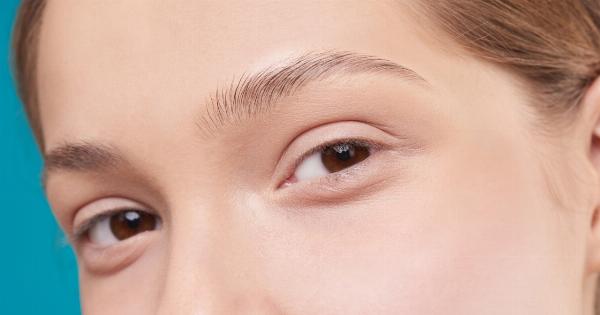Atopic dermatitis, also known as eczema, is a chronic inflammatory skin condition that affects up to 20% of children and 3% of adults worldwide. It can cause intense itching, redness, and dryness of the skin, as well as flaking and scaling.
While there is no cure for atopic dermatitis, there are several ways to manage symptoms and reduce the frequency of flare-ups. In this article, we will explore ways to break the cycle of atopic dermatitis and improve your skin health.
Understanding Atopic Dermatitis
Atopic dermatitis is a complex condition that involves both genetic and environmental factors. It’s often associated with other atopic diseases, such as asthma and allergic rhinitis.
The exact cause of atopic dermatitis is unknown, but researchers believe that a combination of genetic predisposition, immune dysfunction, and environmental triggers are involved.
People with atopic dermatitis have an overactive immune system that responds abnormally to triggers such as allergens, irritants, and stress.
This leads to inflammation of the skin and a breakdown of the skin barrier, which can cause dryness, itching, and redness. Over time, repeated scratching and rubbing of the affected skin can further damage the skin barrier and make the condition worse.
Breaking the Cycle
To break the cycle of atopic dermatitis, it’s important to take a comprehensive approach that addresses both the underlying causes and the symptoms of the condition. Here are some strategies that may help:.
Identify and Avoid Triggers
The first step in managing atopic dermatitis is to identify and avoid triggers that can aggravate the condition. Common triggers include:.
- Allergens such as dust mites, pollen, and animal dander
- Irritants such as soaps, detergents, and cleaning products
- Dry skin
- Stress
- Sweating
Once you have identified your triggers, take steps to avoid them as much as possible. This may involve using hypoallergenic products, wearing gloves when cleaning, and using a humidifier to keep the air moist.
It’s also important to keep your skin moisturized and well-hydrated to prevent dryness and itching.
Manage Symptoms with Topical Treatments
Topical treatments are the mainstay of atopic dermatitis management, and they come in a variety of forms, including creams, ointments, and lotions. These treatments can help to reduce inflammation, soothe the skin, and prevent infection.
Corticosteroid creams are the most commonly prescribed topical treatment for atopic dermatitis. They work by reducing inflammation and itching.
However, long-term use of corticosteroids can have side effects, such as thinning of the skin and increased risk of infection. For this reason, it’s important to use them as directed by your doctor.
Non-steroidal creams such as calcineurin inhibitors may also be used to manage symptoms. These creams work by blocking immune system reactions that cause inflammation in the skin. However, they can also have side effects such as burning and itching.
Consider Systemic Therapy
If topical treatments are not effective, your doctor may recommend systemic therapy, which involves taking medications by mouth or injection. These treatments can help to reduce inflammation and itchiness throughout the body.
Examples of systemic therapies used to manage atopic dermatitis include:.
- Oral immunosuppressive drugs such as cyclosporine and mycophenolate mofetil
- Biologic drugs such as dupilumab and nemolizumab
Systemic therapies can have side effects, and their use should be closely monitored by a doctor.
Practice Good Skin Care
Good skin care is an essential aspect of managing atopic dermatitis. Here are some tips to keep in mind:.
- Avoid hot showers and baths, as they can dry out the skin
- Use lukewarm water and gentle cleansers
- Pat your skin dry with a soft towel
- Apply moisturizer immediately after bathing to lock in moisture
- Choose fragrance-free and dye-free products
Try Holistic Approaches
In addition to conventional treatments, there are several holistic approaches that may help to manage atopic dermatitis. These include:.
- Acupuncture
- Hypnosis
- Meditation
- Naturopathic remedies such as herbal supplements and essential oils
While there is limited scientific evidence to support the use of these approaches, some people find them helpful in reducing stress and managing symptoms.
Conclusion
Atopic dermatitis is a chronic condition that can be challenging to manage.
However, with a comprehensive approach that addresses both the underlying causes and the symptoms of the condition, it is possible to break the cycle of atopic dermatitis and improve your skin health.
By identifying and avoiding triggers, using topical and systemic treatments as directed by your doctor, practicing good skin care, and trying holistic approaches, you can take control of your atopic dermatitis and enjoy healthier, more comfortable skin.






























